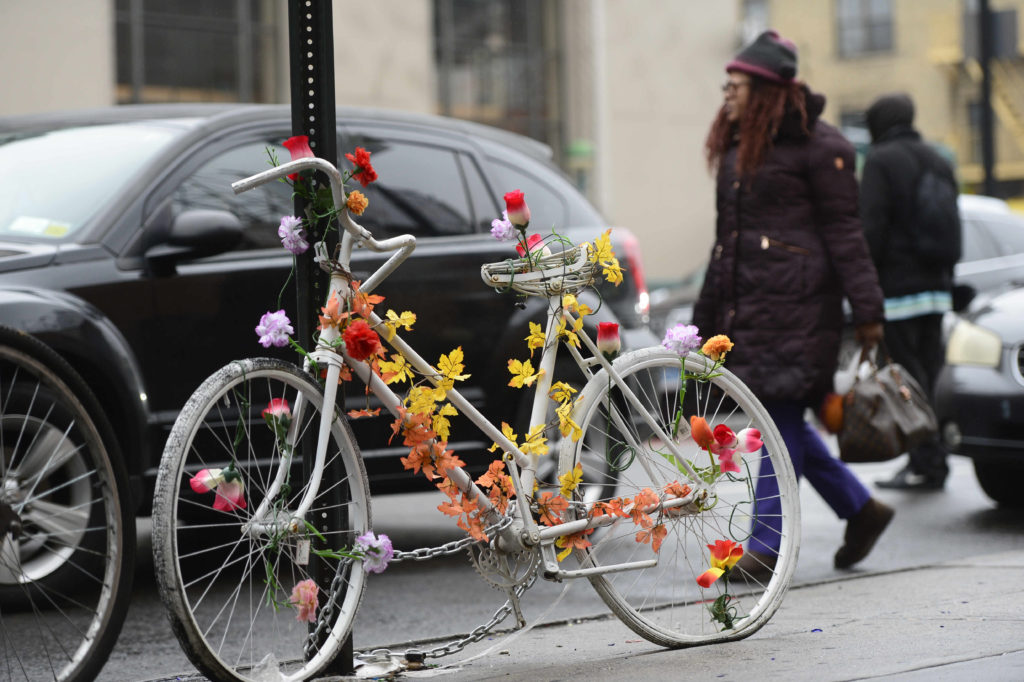Want a bigger bike network? Reduce community board’s role, says one local pol

As city officials increasingly embrace a growing bike network and a less car-centric transportation grid, City Councilmember Antonio Reynoso has an idea to speed up the process: take the bike lane approval process out of the hands of community boards.
Bike lanes are a fraught issue for community boards, as the city’s efforts to give cyclists their share of the road can cause pitched battles over parking spaces and neighborhood character. And while the boards don’t have the unilateral power to stop street safety upgrades (including bike lanes), their advisory yes or no votes can delay or kill proposed Department of Transportation projects.
That’s been a major obstacle in creating a gapless bike network that advocates say would accelerate the use of pedal power across the boroughs.

Brooklyn Boro
View MoreNew York City’s most populous borough, Brooklyn, is home to nearly 2.6 million residents. If Brooklyn were an independent city it would be the fourth largest city in the United States. While Brooklyn has become the epitome of ‘cool and hip’ in recent years, for those that were born here, raised families here and improved communities over the years, Brooklyn has never been ‘uncool’.